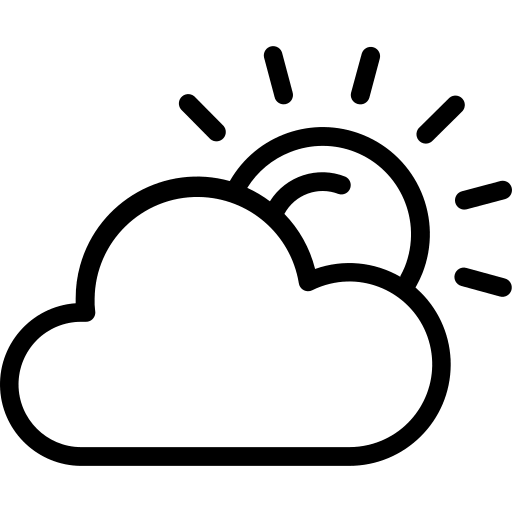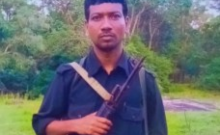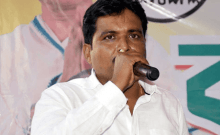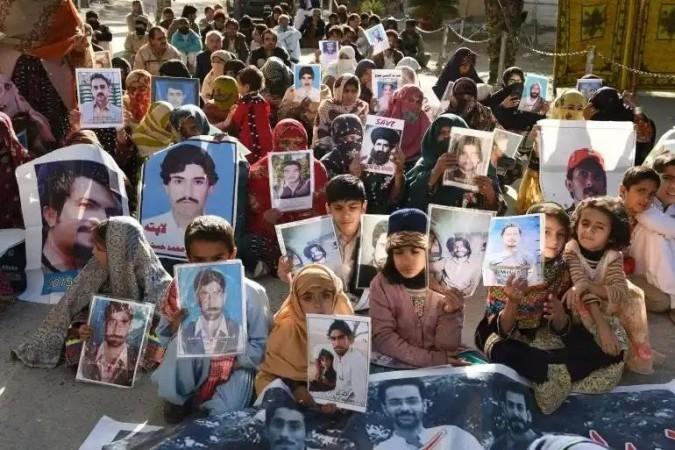
The ongoing unrest in Pakistan-occupied Jammu & Kashmir (PoJK), also known as "Azad Kashmir," has become one of the most significant domestic crises for Islamabad in 2025. What began as a peaceful strike in late September has spiraled into widespread protests, state crackdowns, and mounting civilian deaths. Yet, despite the scale of the turmoil, the international community—including the Organisation of Islamic Cooperation (OIC)—has remained conspicuously silent.
This explainer traces the timeline of recent events and explores why the crisis in PoJK demands global attention.
September 29: Shutter-down strike across PoJK
On September 29, people in PoJK observed a region-wide shutter-down and wheel-jam strike after a call from the Public Action Committee (PAC), a coalition of local civic leaders. The group tabled a 38-point charter of demands, ranging from the abolition of 12 assembly seats reserved for refugees to the rollback of privileges enjoyed by political elites.
Markets, transport depots, hotels, and schools in Muzaffarabad and other major towns remained closed. Communication services, including internet and mobile networks, were suspended, isolating the region from the outside world.
The strike reflected growing frustration over years of neglect, economic exploitation, and absence of democratic representation in PoJK.
September 29 (later): Protests turn violent, two killed
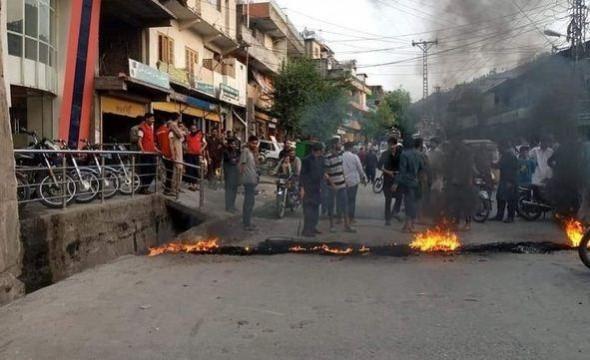
By evening, peaceful protests transformed into violent clashes in Muzaffarabad. Local reports confirmed that at least two people were killed and 22 others injured when clashes broke out between protesters and state-backed armed groups. Videos showed chaos on the streets, with gunmen firing into the air and protestors displaying bullet shells as evidence of live fire.
Pakistani authorities responded by deploying heavy contingents of police and paramilitary forces across district headquarters in PoJK. Islamabad even ordered reinforcements from the federal capital, with reports of at least 1,000 additional security personnel moved to the region.
October 3: Flare-ups expose decades of misgovernance
By October 3, the crisis had entered a dangerous phase. Civil society groups described the unrest not as an isolated incident but as a symptom of decades of systemic misgovernance in the region.
Observers point out that while PoJK is labelled "Azad" (free), decision-making lies firmly with Islamabad and Rawalpindi. Local demands for jobs, affordable food, healthcare, and fair representation have been met with military suppression rather than dialogue.
At the UN Human Rights Council in Geneva, United Kashmir People's National Party representative Nasir Aziz Khan urged global intervention, warning of a humanitarian crisis. Yet, apart from India's condemnation of Pakistani atrocities, the world's response has been muted.
Silence of the Muslim world
Perhaps the most striking aspect of the PoJK crisis is the silence of the wider Muslim world. The OIC has frequently convened emergency sessions over Gaza and the Israel-Palestine conflict. It has also spoken out on human rights in India's Jammu & Kashmir. Yet, on PoJK—where civilians are being killed by Pakistani forces—there has been no comparable response.
This selective outrage highlights the geopolitical double standards in international diplomacy. While PoJK residents demand nothing more than basic rights and dignity, their grievances continue to be drowned out.
Why this matters
The events of 2025 in PoJK underscore a broader truth: state repression, economic exploitation, and political exclusion are unsustainable. Heavy-handed tactics may temporarily quell dissent, but they cannot erase decades of accumulated resentment.
Unless Pakistan moves toward genuine political reform and the international community breaks its silence, PoJK risks becoming another prolonged hotspot of unrest in South Asia—with devastating humanitarian consequences.
How did it all start?A timeline of 2025
Throughout the first eight months of 2025, PoJK witnessed a steady escalation of unrest, marked by strikes, demonstrations, and violent crackdowns:
- January: Initial protests erupted in Muzaffarabad and Mirpur over soaring electricity tariffs and wheat shortages.
- March: Teachers, traders, and transport unions joined the movement, staging strikes that paralysed daily life.
- May 11: Police firing on protesters in Muzaffarabad left at least three dead and dozens injured, triggering widespread outrage.
- June: Demonstrations spread to Kotli, Rawalakot, and Bhimber, with locals accusing Islamabad of "colonial exploitation."
- July: The government imposed partial internet shutdowns to curb mobilisation, drawing criticism from rights groups.
- August: Exiled PoJK activists organised rallies in London, Brussels, and Washington, amplifying international calls for accountability.

